Police and business owners in Uptown recently joined forces to develop a strategy to clean up a two-block stretch of puddles of urine, empty beer bottles and unsavory characters on Clifton Avenue, more commonly known as “Blood Alley.”
The focus of last week’s meeting at Harry S. Truman College was the ongoing problems of safety and appearance around the two-block avenue between Broadway and Wilson Avenue. Clifton is a one-way street with a sign at the Wilson crossing that says, “Do Not Enter.”
On Clifton, or “Blood Alley,” several small groups of people sit in chairs or on the curb. Other groups of people with change-cups or their beverage of choice are always hanging around. On the sidewalks, the dumpsters are frequently used as bathrooms for the homeless and other occupants of “Blood Alley.” In the alley itself, empty beer cans and bottles and an abundance of trash are everywhere.
No one is sure where the “Blood Alley” nickname came from, but everyone seems to have their own theory.
State Rep. Gregory Harris (D-Chicago) said it received the long-standing nickname from the heroin epidemic that hit the streets in the late ’60s. He said people used to go down the avenue and shoot up drugs.
To date, Clifton Avenue is more of a social gathering point for homeless and loiterers in the community. Harris said two types of loiterers occupy the alley.
“There are people who are doing illegal activities,” he said. “And then there are people who are doing what you consider your public nuisances, like peeing in the alley.”
Ald. Helen Shiller (46th) said loiterers used to roam more freely, but now seem to have centralized on Clifton Avenue. She said it is a problem, but it is better than it was in the past.
“It’s an ongoing process,” she said. “People go out there all the time. I think the fact is, that it is so much more localized, it used to be everywhere.”
Simon Malek, a commercial property manager for Zifkin Reality & Development, off the corner of Wilson and Clifton Avenues, said the people on the street are homeless, and they are members of the community. He said he there is no fear of violence, and they have always left his store front when asked.
“There is only so much that can be done,” he said. “We have added lights, we have added signs that said no hanging out there, but there is only so much as a property owner we can do. The city and the police department have to step up, which they have.”
Joyce Dugan, president of Uptown United, a business development community organization, said no one is sure if the loiterers are even from the Uptown area.
“I don’t know if the loiterers are exactly homeless,” she said. “We don’t know who the real troublemakers are; we don’t know where they live. That’s part of the confusion, because some of the folks who make trouble are not necessarily from the area, but come in and spend their time there.”
Kathleen Boehmer, the 23rd district police commander, said the police have made Clifton one of their main concerns, but can’t arrest people for hanging out.
“We don’t get rid of loiterers or homeless people,” she said. “We arrest people who are doing illegal activity, people who are causing problems on the street. So what we have done—we have increased our foot patrol enforcement there, and we’ve done some surveillance. We have arrested some people dealing narcotics there.”
Sandy Ramsey, director of Cornerstone Community Outreach off Clifton, said she instituted a plan that if you were part of her shelter, you could not hang out in the avenue if you wanted a place to sleep or eat.
The next meeting concerning Clifton Avenue will be on Jan. 17. The scheduled time and location has yet to be determined.












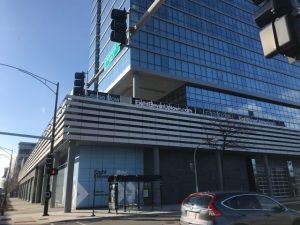
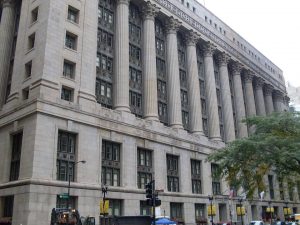



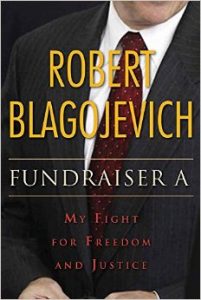

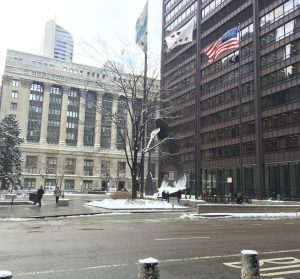
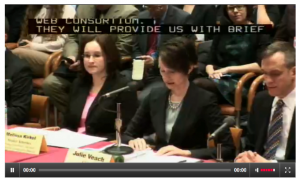
Be First to Comment